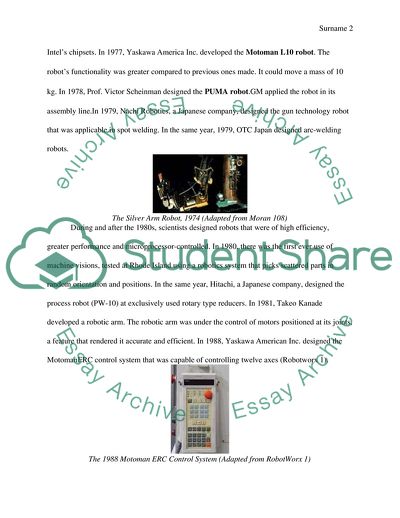Cite this document
(History of Robots used in Manufacturing Research Paper, n.d.)
History of Robots used in Manufacturing Research Paper. https://studentshare.org/technology/1877475-robot-research-project
History of Robots used in Manufacturing Research Paper. https://studentshare.org/technology/1877475-robot-research-project
(History of Robots Used in Manufacturing Research Paper)
History of Robots Used in Manufacturing Research Paper. https://studentshare.org/technology/1877475-robot-research-project.
History of Robots Used in Manufacturing Research Paper. https://studentshare.org/technology/1877475-robot-research-project.
“History of Robots Used in Manufacturing Research Paper”. https://studentshare.org/technology/1877475-robot-research-project.


